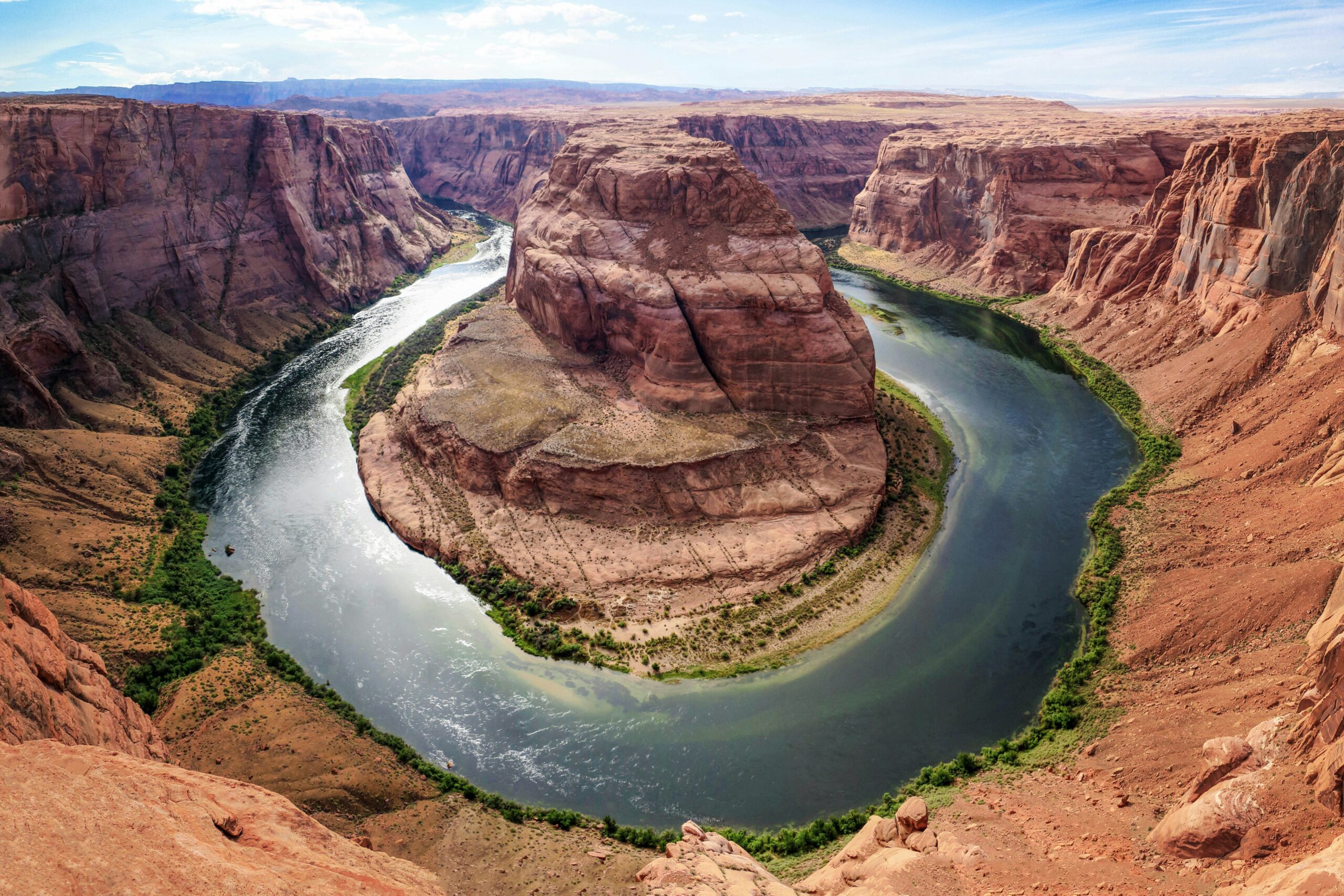
Supply Side Option May Fix Southwest Water Challenges
After two decades of drought, water-year 2022-23 (October to September) brought great rain and snow to the Colorado River Basin. Cooler-than-expected temperatures delayed the snow melt, and so the river and reservoirs rose in the second half of 2023 from record lows in mid-2022.
Water demand (use) in lower Colorado Basin states (Nevada, Arizona and California) also fell somewhat, helping raise Lake Mead, which supplies 90 percent of southern Nevada’s water, to 40 feet above levels forecasted a year earlier.
Nonetheless, water agency forecasters and environmental activists continued to advocate more demand-side measures.
“We really do need to plan on future flow reductions, and potentially quite large ones,” said Brad Udall of the Colorado Water Center.
To back up their demand-side fixation, they have, of course, blamed global warming for more evaporation. This focus has continued despite very extensive water-use reductions already realized, especially in Nevada, which has by far the lowest allocation from Lake Mead. Southern Nevada’s consumptive water use fell 30 percent during the past two decades.
With upstream Lake Powell refilling to 37 percent of capacity and Lake Mead to 34 percent, the outlook improved throughout the autumn, especially as weather forecasters announced the return of El Nino conditions in the Pacific Ocean, auguring increased precipitation for the basin.
But reduced precipitation in late 2023 caused forecasters to predict 2023-24 rain and snow to drop to 79 percent of normal. Recent unprecedented massive federal spending to buy expensive near-term water allocations from farmers has delayed a reckoning, but such spending cannot continue.
So, after a few years’ respite to the late twenties, we will again face serious long-term challenges.
The only public call for supply-side measures has come from Pat Mulroy, who ably led southern Nevada water planning for many years and who promotes expensive coastal desalination.
“Unless there is water added to the overall system, I don’t see a solution readily apparent, because I think we’ll all end up in court,” she said.
Unless annual precipitation returns to 20th century levels, the challenge to serve the seven states of the Colorado Basin, Mexico and various Indian tribes will go to litigation. It’s entirely likely, but not certain, that higher long-term supply levels will return, despite the assumptions and hopes of environmentalists.
But the question is: Why focus mainly on the demand side and not seek to develop additional supplies?
The reason is that demand-side measures serve enviros’ primary ideological goals and supply-side measures don’t.
Essentially, they’re opposed to population growth and economic development because it conflicts with their allegiance to unbridled preservation and to some extent even primitivism. Hence, they seek to continuously reduce total water supply to the 40 million people Colorado waters serve and the vital economy they’ve built.
So, a modest supply-side proposal. The Mississippi-Missouri River System faces regular flooding problems nearly throughout its length.
In 1927, the most destructive river flood in American history struck the lower Mississippi, inundating 27,000 square miles in depths up to 30 feet for months. About 500 lives and countless homes, towns, roads, businesses, transportation services and much more were lost, totaling damage estimated at between $4.2 billion and $17.3 billion in today’s dollars.
With the huge growth throughout the length of the two rivers since then, a repeat anywhere on that system now would easily exceed $100 billion in damage. While that’s a worst-case scenario event, many additional lesser but hugely expensive floods occur nearly every year on those rivers.
Pipelines aren’t expensive to build, relative to other transportation modes, but pumping water even over the lesser northern and southern rises of the Rockies is expensive, even with energy recapture on the downslope.
Because such a system would create huge value on both ends, it likely could support the pipelines and a fleet of nuclear power plants for the pumping, which would take place only when there’s excess water on the midcontinent side.
Over time, this would provide a substantial additional flow to the Colorado Basin, permanently raising our supplies.
(This article originally appeared in Nevada Business.)